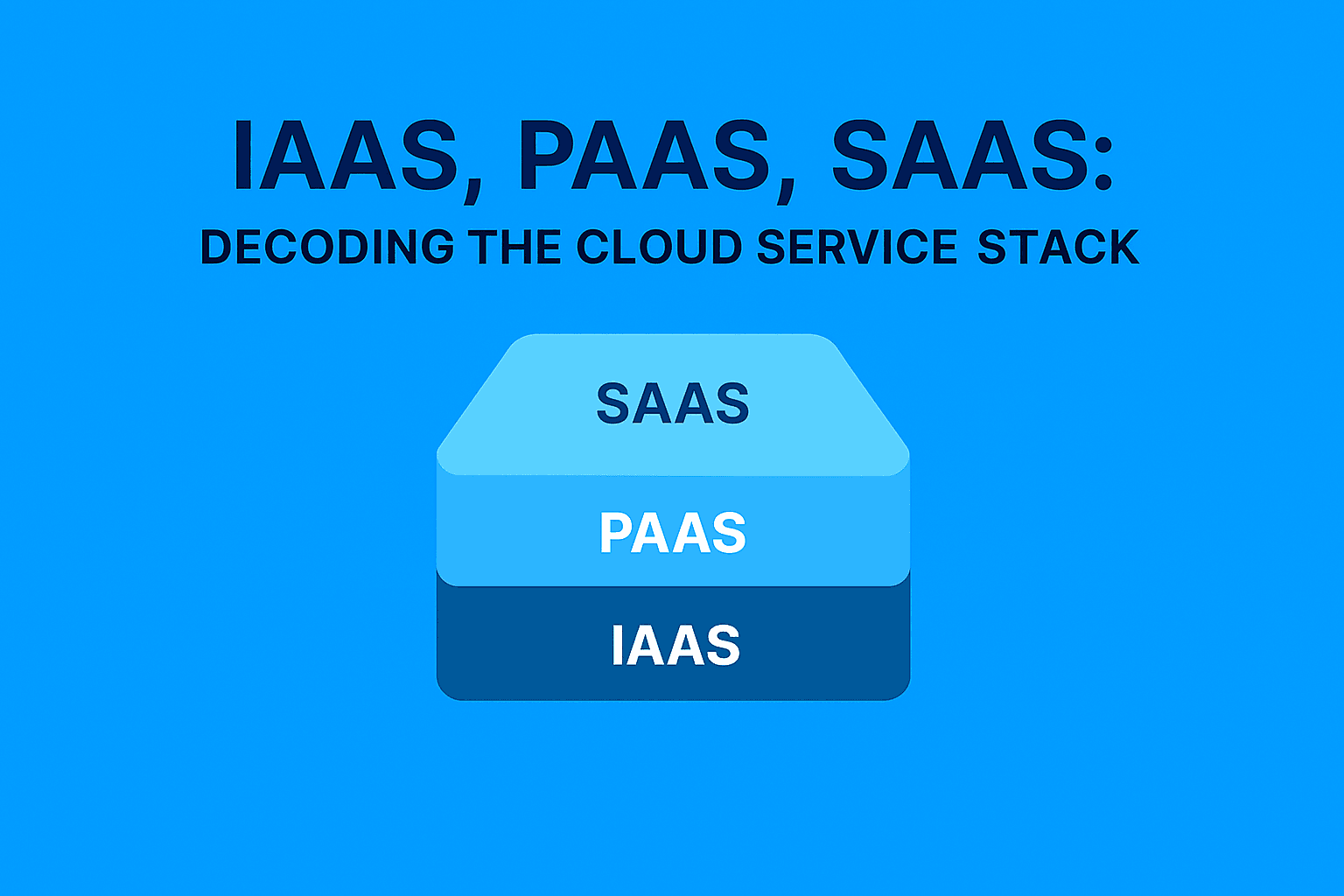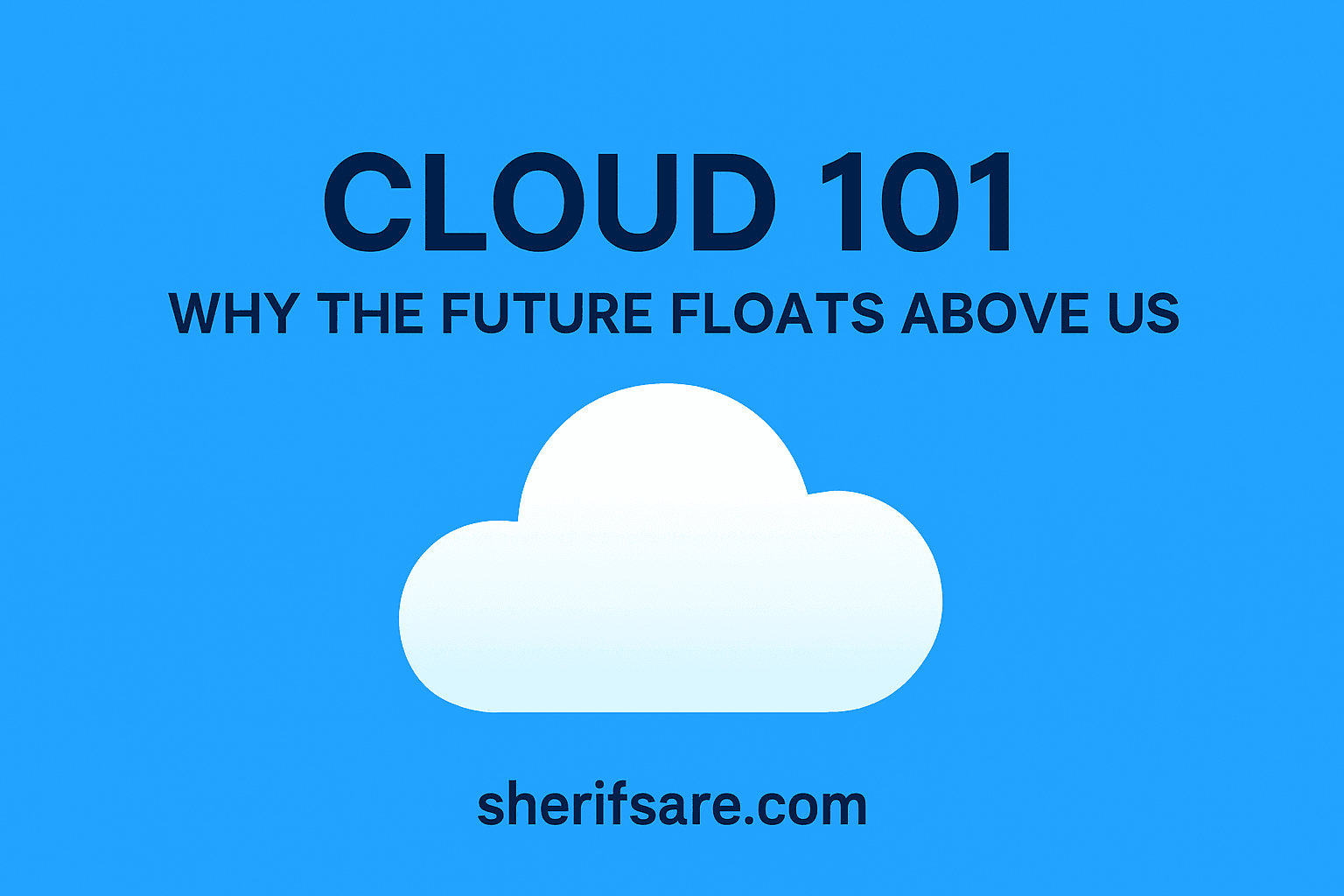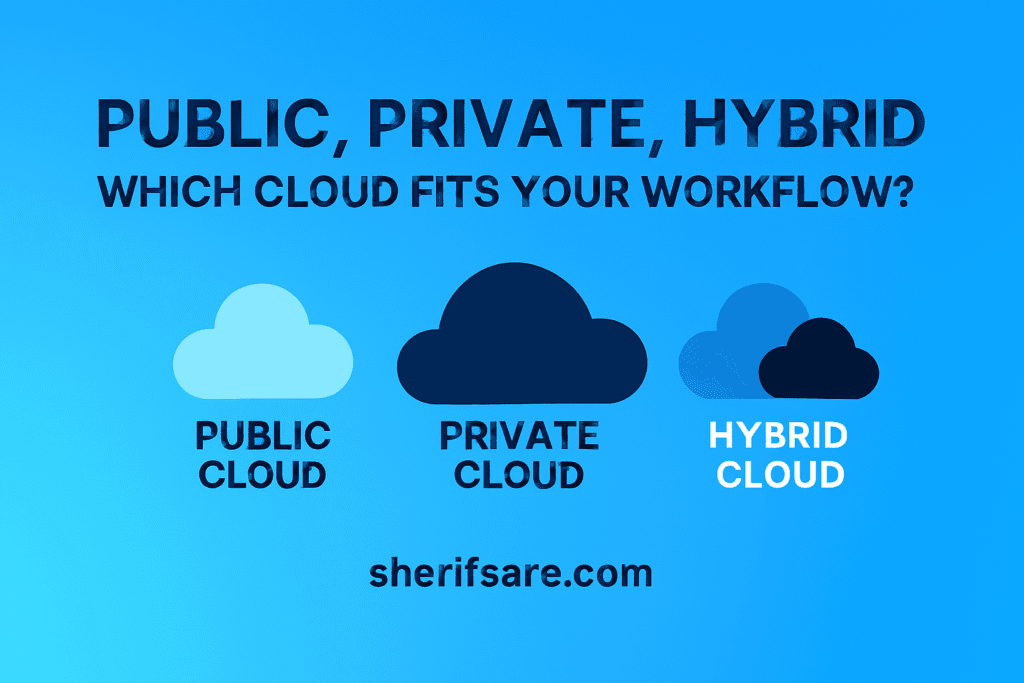You’ve learned what cloud computing is and how it’s deployed. Now let’s explore how it’s consumed (IaaS, PaaS, SaaS). Cloud service models define how you interact with the cloud, whether you want full control, development flexibility, or ready-to-use software.
1. Infrastructure as a Service (IaaS)
- What it is: Provides virtualized computing resources over the internet.
- You manage: Operating systems, applications, data.
- Provider manages: Servers, storage, networking.
- Examples: AWS EC2, Microsoft Azure VMs.
- Best for: IT administrators, developers needing full control.
2. Platform as a Service (PaaS)
- What it is: Offers a platform for developers to build, test, and deploy applications.
- You manage: Applications and data.
- Provider manages: OS, servers, storage, networking.
- Examples: Google App Engine, Heroku.
- Best for: Developers focused on coding without infrastructure headaches.
3. Software as a Service (SaaS)
- What it is: Delivers software applications over the internet.
- You manage: Just the usage.
- Provider manages: Everything else.
- Examples: Gmail, Dropbox, Salesforce.
- Best for: End users and businesses needing ready-to-use tools.
🧠 Final Thought
Understanding these service models helps you choose the right level of control and convenience. In our next post, we’ll explore real-world use cases and how businesses leverage cloud solutions for growth.



